While the Fed's monetary experimentation with three episodes of quantitative easing and one iteration of Operation Twist has only provided the economy with a modest boost, there is one over-riding reason why the Fed's hands are tied, making it unlikely that we will see another round of easing in the near future, if ever. We need look no further than the example of Japan and its central bank to understand why.
The Fed has backed itself into a policy corner; it needs rates to go up again so that it can lower them again. Without higher interest rates in the future, the Federal Reserve is completely out of monetary ammunition. The big question is; in an environment where there appears to be limited inflationary pressures, can a central bank actually raise rates? With the velocity of money as low as it is, it certainly appears that deflation, a central banker's worst nightmare, could be more of a problem as shown on this graph which shows the velocity of MZM, the Money Zero Maturity money supply:
MZM is considered by many economists to be a preferred measure of the supply of money in the economy since it is all of the money that is readily available for use in the economy including hard currency, checking and savings accounts and money market funds. As you can easily see from the graph, the current velocity of MZM is at the lowest level that it has been since the beginning of 1959, indicating that we live in unusual times. In a normal economic environment, this would suggest that there is no risk of inflationary pressures and no need for the Fed to raise interest rates.
Here is a graph showing the annual rate of growth of MZM:
When the rate of growth of MZM is high, the economy is likely in a growth phase and the likelihood of inflationary pressures increases. As we can see, since mid-2005 (excluding the period between March and October 2010), MZM has been in a growth pattern, particularly during the Great Recession when the Fed was doing everything that it could to stimulate consumer spending.
Let's close this section by looking at the expansion in America's monetary base:
Zooming in on the period from 2000 on, here is a graph showing the annual rate of increase of the monetary base:
Since late 2010, MZM has grown at an annual rate of between 5 and 10 percent, currently growing at just under 6 percent and the monetary base has grown at up to 39 percent, currently growing at an annual rate of 21 percent. Under normal economic circumstances, this massive expansion would lead to inflation as there are more dollars floating around in the economy for consumers to spend. This increased spending would put upward pressure on prices as there are more dollars competing for goods and services.
Now that we have that for background, let's switch gears and look at the Bank of Japan's experience with monetary fiddling. Here is a graphic that shows Japan's long experiment with monetary policy manipulation:
Notice that the Bank of Japan has massively increased the country's monetary base over three QE programs as shown in green. On the same graphic, we see the nation's consumer price index in red showing that over the 20 year period, inflation has been zero or less. If we want to get an idea of just how large Japan's QE program has been, here is a graph from BIS showing how much central bank assets for the United States, the Euro Area, the United Kingdom and Japan (in blue) have grown as a percentage of GDP since 2007:
The Bank of Japan first used QE in early 2001 when it bought government bonds to push the interest rate to zero to battle inflation. In the fall of 2010, the Bank of Japan announced that it would buy $60 billion in assets to push down the value of the yen. In August 2011, the Bank of Japan announced that it would expand its asset purchase program by an additional $66 billion. In April 2013, the Bank announced yet again that it would expand its asset purchase program by $1.4 trillion over two years to push its inflation back up to its 2 percent target. This program, QE3, is commonly known as Abenomics.
The Bank of Japan's total balance sheet is now at 269 trillion yen, up from 49 trillion yen in 1993 and 160 trillion yen in early 2013 as shown on this graph:
Let's now look at a history of inflation in Japan using core inflation data since 1993:
Until very recently, over the long-term, Japan had a very stable or dropping price regime interrupted by periods of deflation when prices fell despite the fact that Japan's monetary base grew.
Here is a graphic showing the inflation expectations for Japan for 3, 6 and 10 years out:
Again, despite the increase in the monetary base, inflation has not been a concern until the Bank of Japan was half way through QE2. In fact, over much of the time between late 2008 and later 2012, inflationary pressures were not anticipated over the three and six year periods. It's not until 2014, ten years after the beginning of QE 1 and three years after the beginning of QE2 that it appears possible that the Bank of Japan may have kickstarted inflationary pressures and beaten back deflation with its massive QE3. That said, it does appear that the massive intervention of QE3/Abenomics is running out of steam as the nation has seen its trade deficit widen as its exports simply haven't grown as would be expected with a drop in the value of the yen. As well, dropping retail sales and and an economic contraction of 1.7 percent in Q2 2014 would add to the notion of central bank policy failure.
It is important to keep in mind that the Fed is about 7 years behind the Japanese when it comes to the implementation of quantitative easing and other creative monetary policy manipulations as noted in the first part of this posting. This means that the brain trust at the Fed has no idea of whether its policies will work and the economy will return to "normal" or whether the United States economy will follow that of Japan where the economy needs a steady dose of unconventional monetary fiddling to get the economy headed in the "right" direction. The Fed cannot continue its monetary experiment because if it does, it will appear that Ms. Yellen et al are desperate enough to follow Japan's failed monetary example. Continuous central bank interference with what passes for a free market today would send all kinds of negative messages to the world's markets, to American consumers and to investors. Unfortunately, given the average length of economic expansions, we could be within one or two years of the next recession when it seems like the last one never really ended.
Click HERE to read more of Glen Asher's columns
You can publish this article on your website as long as you provide a link back to this page.

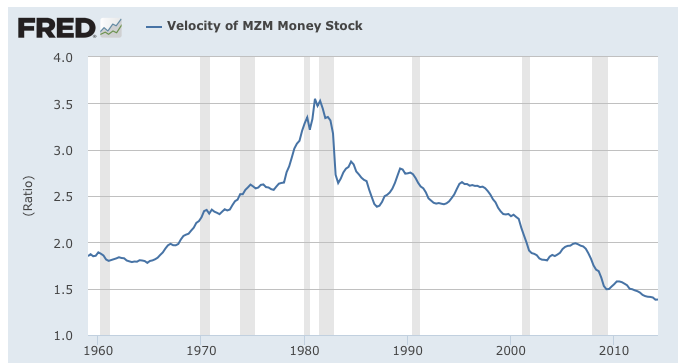
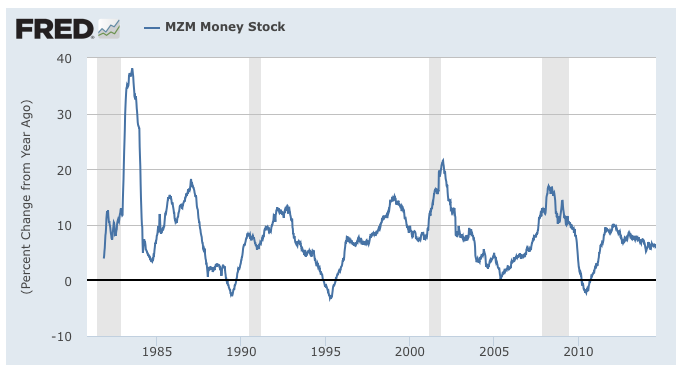
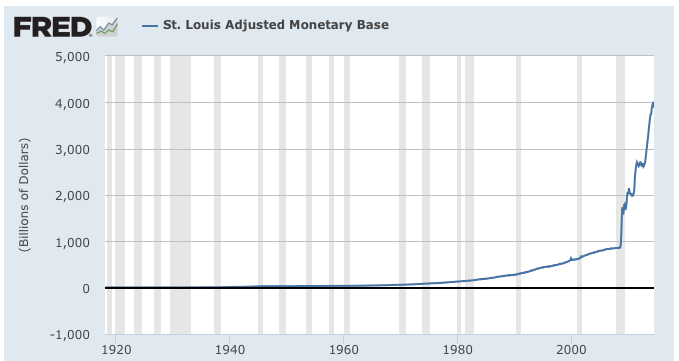
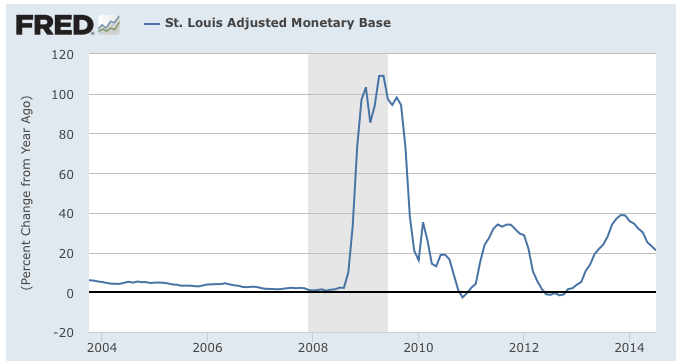
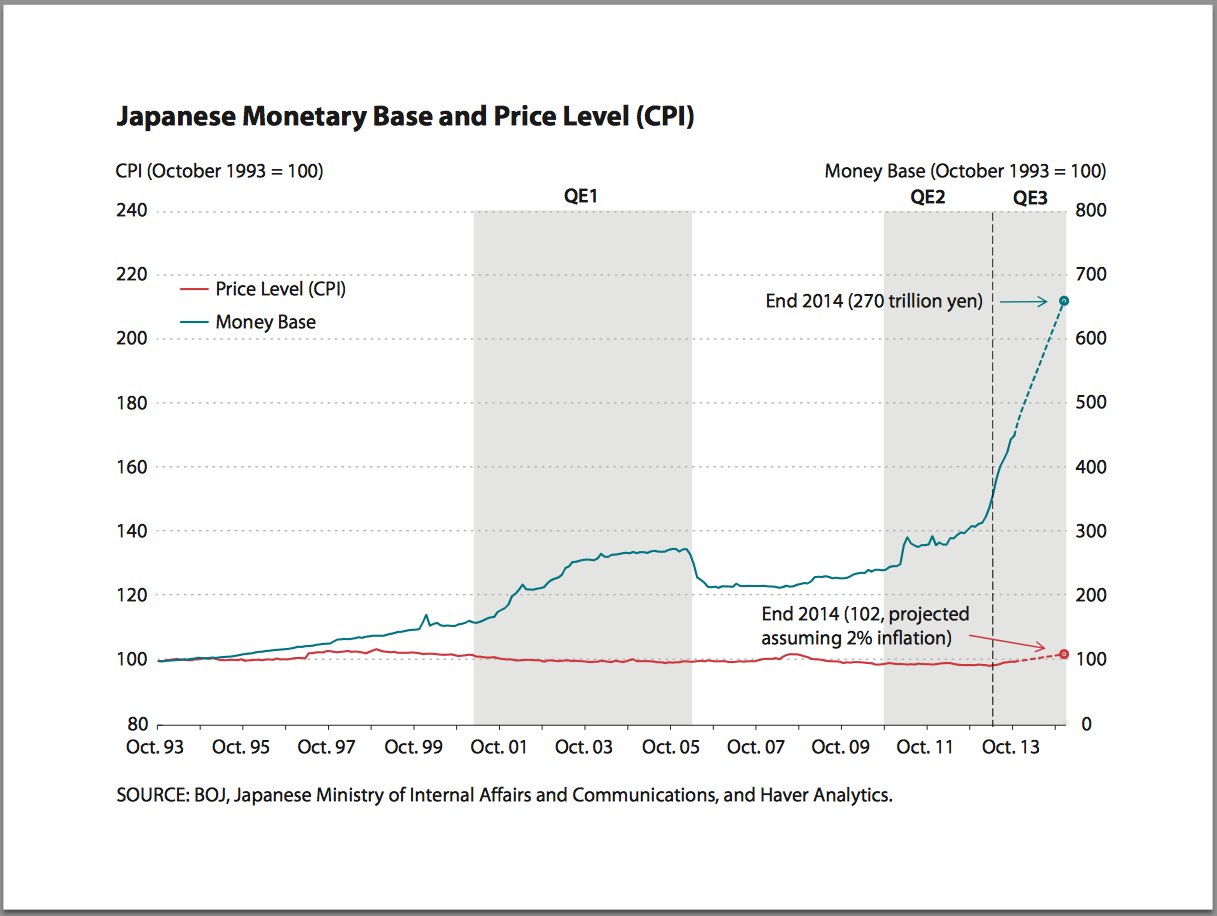
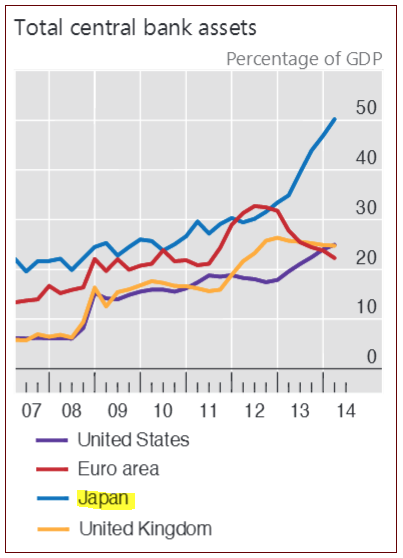
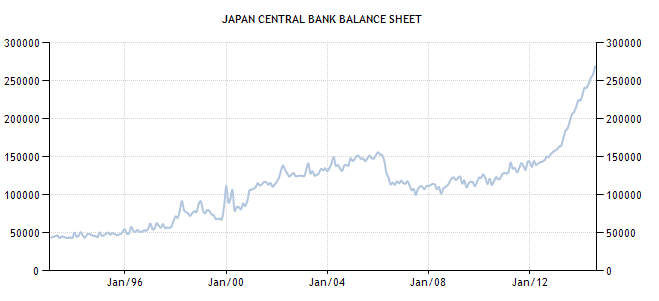
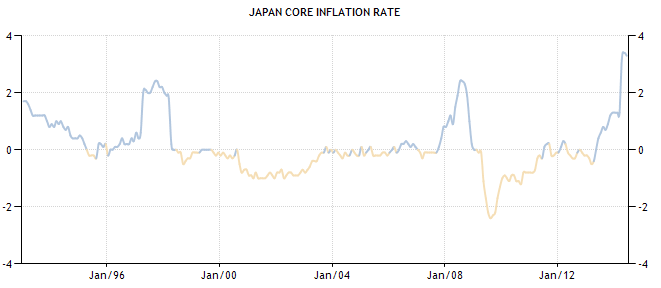
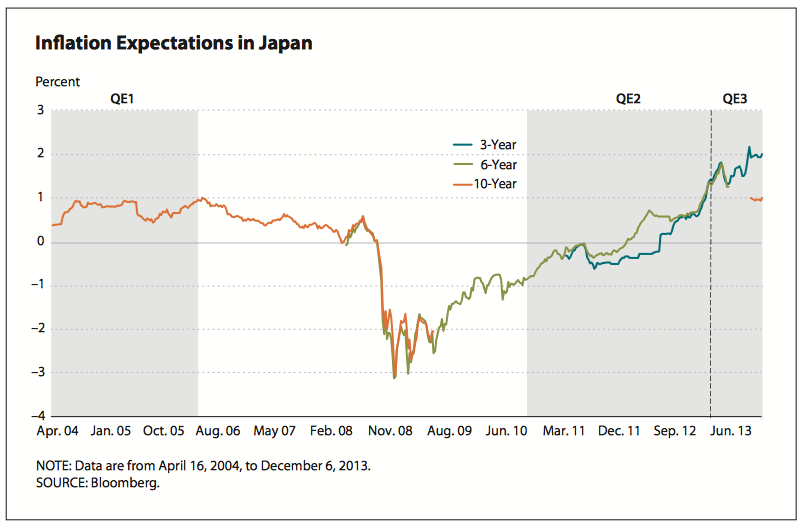
Be the first to comment